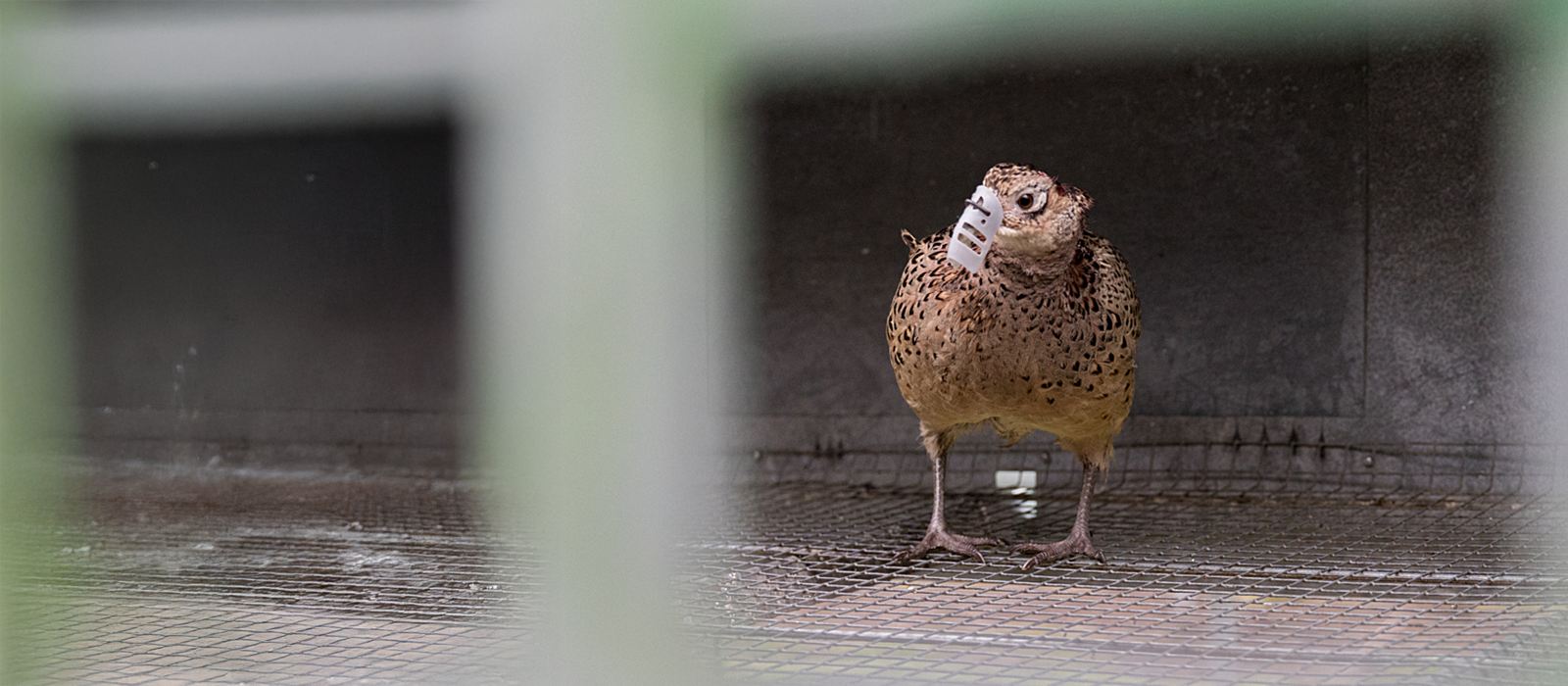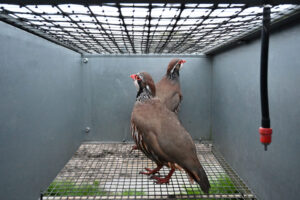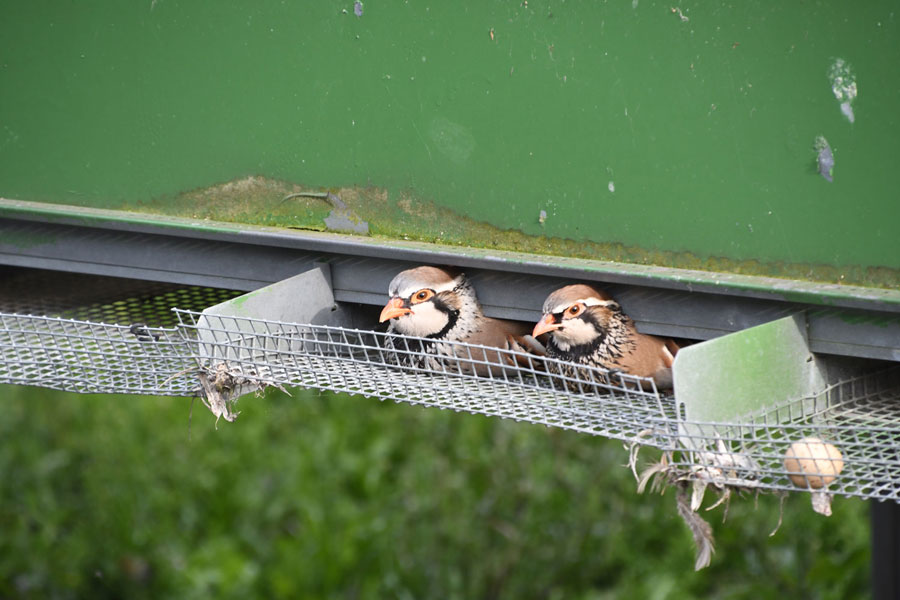
These leaflets accompany our report, Killing Our Countryside (also available for download), covering both the intensive animal abuse and the environmental damage caused by the shooting industry.

Killing our Countryside was launched by our patron, Chris Packham, highlighting the environmental damage caused by shooting and calling for a total ban on the shooting of live birds.
Our campaign, Killing our Countryside: It’s time to ban shooting, calls for a total ban on the production and ‘sport’ shooting of live birds for fun and entertainment.
Launched in May 2025 by Animal Aid patron Chris Packham, Killing our Countryside examines the horrific cruelty of so-called ‘game bird’ shooting – and its devasting impact on our environment.
The campaign builds on existing opposition to the shooting industry by bringing together the support of naturalists, animal lovers and those who care about the environment to tell the shooting industry: enough is enough; it’s time to stop killing our countryside.
You can also raise awareness of the plight of pheasants and partridges by buying one of our beautiful new t-shirts or a tote bag, featuring artwork by the talented Nick Hayes.

The shooting industry is where factory farming meets bloodsports.
Every year, the shooting industry produces between 40 and 60 million pheasants and partridges. Many people think these birds live free, natural lives and that people shoot one or two to eat. The reality is that the birds are mass produced, often on huge factory farms.
For the past 20 years, Animal Aid have investigated these farms, finding rows upon rows of raised battery cages used to incarcerate ‘breeding birds’ whose sole function is to produce eggs.
Their eggs, once incubated and hatched, become the shooting industry’s feathered targets. Those who are deemed suitable for shooting are reared in huge, overcrowded sheds, while those who don’t make the grade are ground up alive in macerators.
The parent birds may remain in cages for their whole lives. In a desperate bid to escape, birds often injure themselves or others, so the industry forces them to wear ‘bits’ over their beaks – all this cruelty for the fleeting entertainment of a few wealthy gunowners.
In late summer, the biomass of all pheasants and partridges released by the shooting industry is greater than all native birds put together. This puts a huge burden on the UK’s native flora and fauna.
This is because, once the young pheasants and partridges are released, they naturally peck and explore their surroundings. This damages native plants and hedgerows, even impacting insects as the birds feed and move around. Pheasants and red-legged partridges eat invertebrates, such as beetles, spiders and butterflies, as well as some vertebrates, such as reptiles.
The mass release of millions of pheasants and red-legged partridges can also lead to increased numbers of predators. Gamekeepers trap and kill any animals, such as crows and foxes, who are considered a threat to the released birds – so they can shoot them themselves.
Finally, more than 7,000 tonnes of lead ammunition are discharged into the UK environment annually, posing a serious threat to birds, wildlife and ecosystems by contaminating soil and water.

The shooting industry is where factory farming meets bloodsports - and it has to end.

These leaflets accompany our report, Killing Our Countryside (also available for download), covering both the intensive animal abuse and the environmental damage caused by the shooting industry.

This report into the shooting industry covers both the intensive animal abuse and environmental damage caused by the shooting industry.

Our campaign leaflet that lifts the lid on the secrets of the shooting industry.